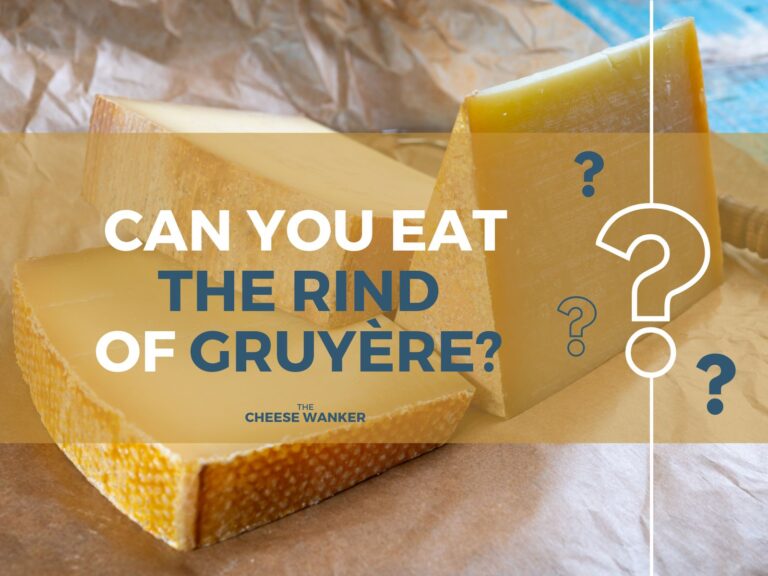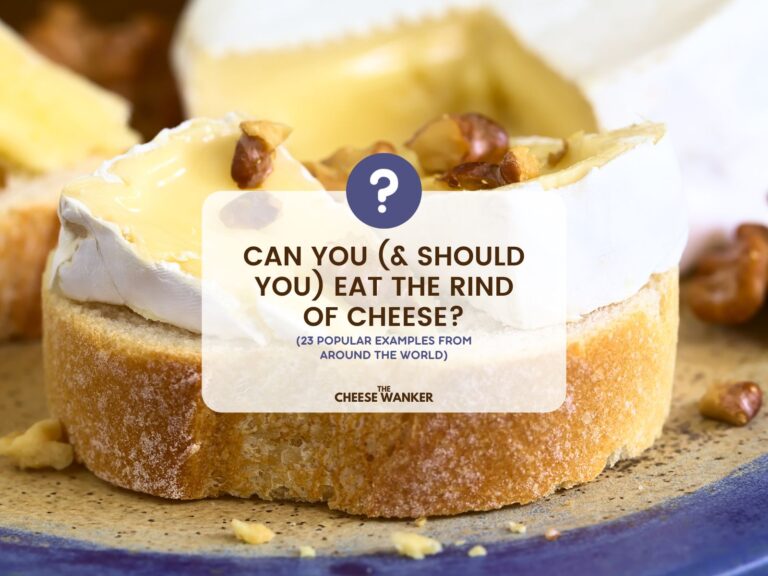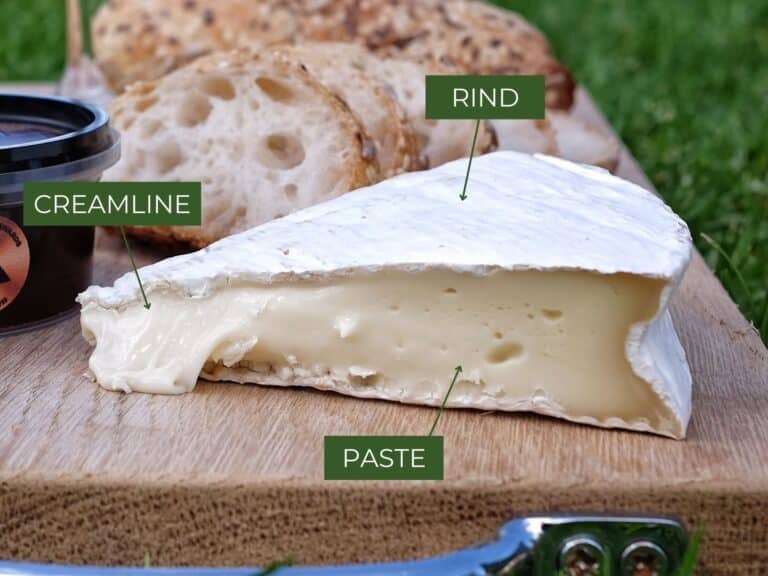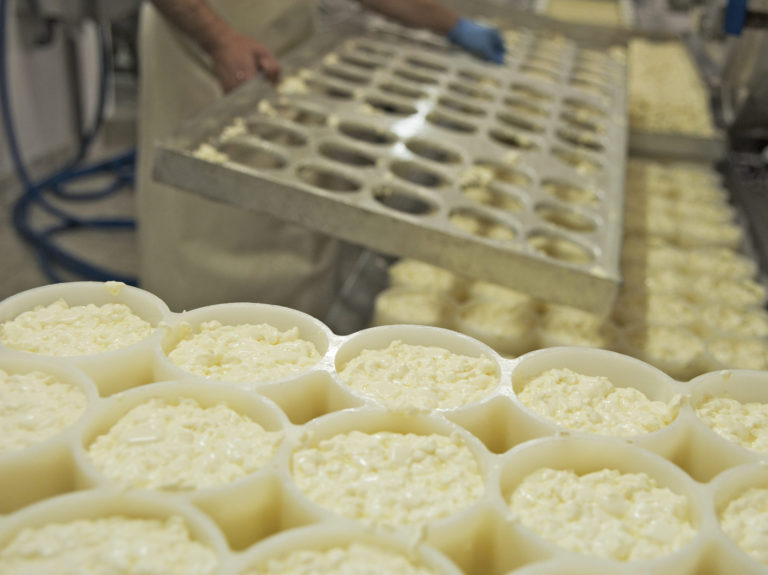Cheese enthusiasts are often intrigued by the curious practice of wrapping cheese in bark. This unconventional cheese variety has a rich history and a unique flavour profile that captivates the palate. In this article, we delve into the reasons behind the age-old tradition of bark-wrapped cheese, exploring the science, culture, and culinary artistry that make it a beloved delicacy.
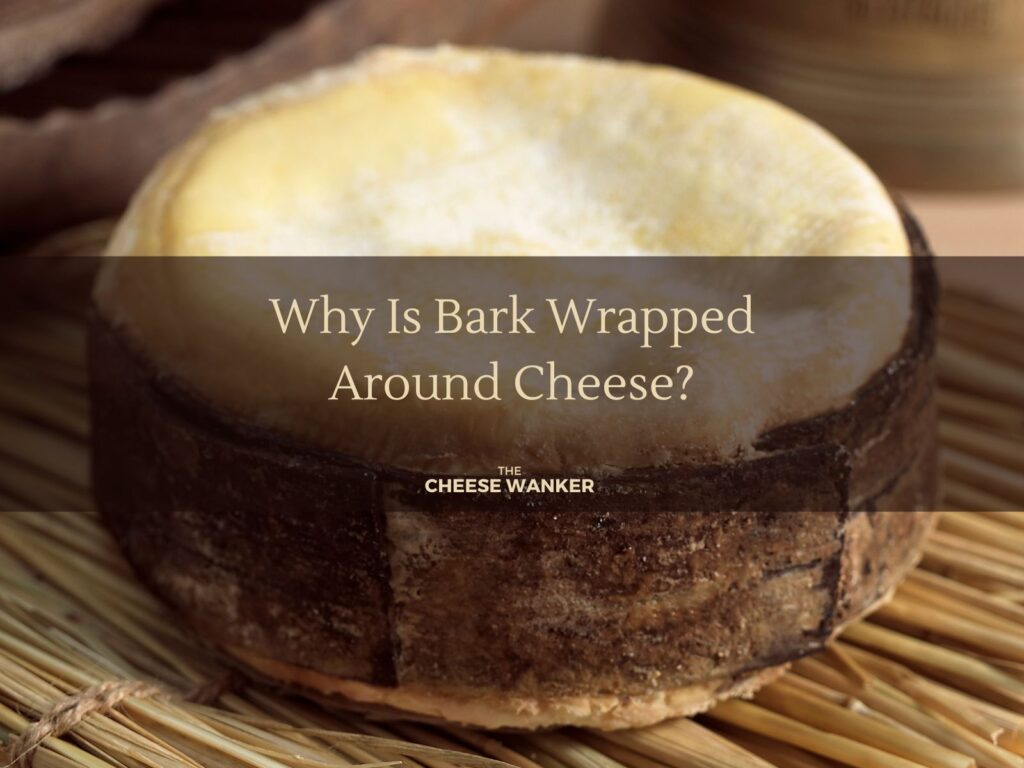
SEE ALSO: Our ultimate guide to cheese rinds & which ones you can eat →
Why is bark wrapped around cheese?
While it is undeniable that the bark adds a desirable rustic quality to the aesthetic of the cheese, the reasons for this practice go well beyond this.
The most famous cheese that is wrapped in spruce bark would have to be Mont d’Or. This traditional raw milk cheese is made in France’s Jura mountains. After transferring the curd to a mould, the cheesemaker wraps the newly formed cheese in a “sangle” (belt) made of épicea. Épicéa is a spruce that is endemic to the Jura mountains.
Where does spruce bark come from?
The bark used to wrap Mont d’Or comes from the inner cambium layer of bark of épicéa. Indeed, the cambium is a layer of wood that is just below the hard outer layer on the tree’s trunk. Compared to the external surface, cambium is soft and flexible, with a leather-like quality.
Due to this, it can be stripped off, cut into strips and boiled for sanitation purposes. Once this process is complete, the spruce bark is ready to wrap around cheese.
What spruce bark does to cheese
Effectively, the spruce bark serves dual purposes in cheesemaking.
Shaping the cheese
Firstly, it allows the soft cheese to keep its shape as it matures. Indeed, cheeses like Mont d’Or become incredible oozy and gooey as they ripen. By wrapping bark that is a little smaller than the circumference of the cheese, the cheesemakers create a delectable ripple on the surface.
As a matter of fact, those ripples are reminiscent of the mountainous landscape in the region.
Aroma and flavour
Moreover, bark-wrapped cheese owes its alluring flavours and aromas to the porous nature of the bark. Compounds present in the bark, such as resins and oils, permeate the cheese over time.
This slow infusion process imparts earthy, woody, and herbal notes that distinguish bark-wrapped varieties from their non-bark counterparts. The result is a harmonious blend of nature’s essences within the cheese.
How to serve bark-wrapped cheeses
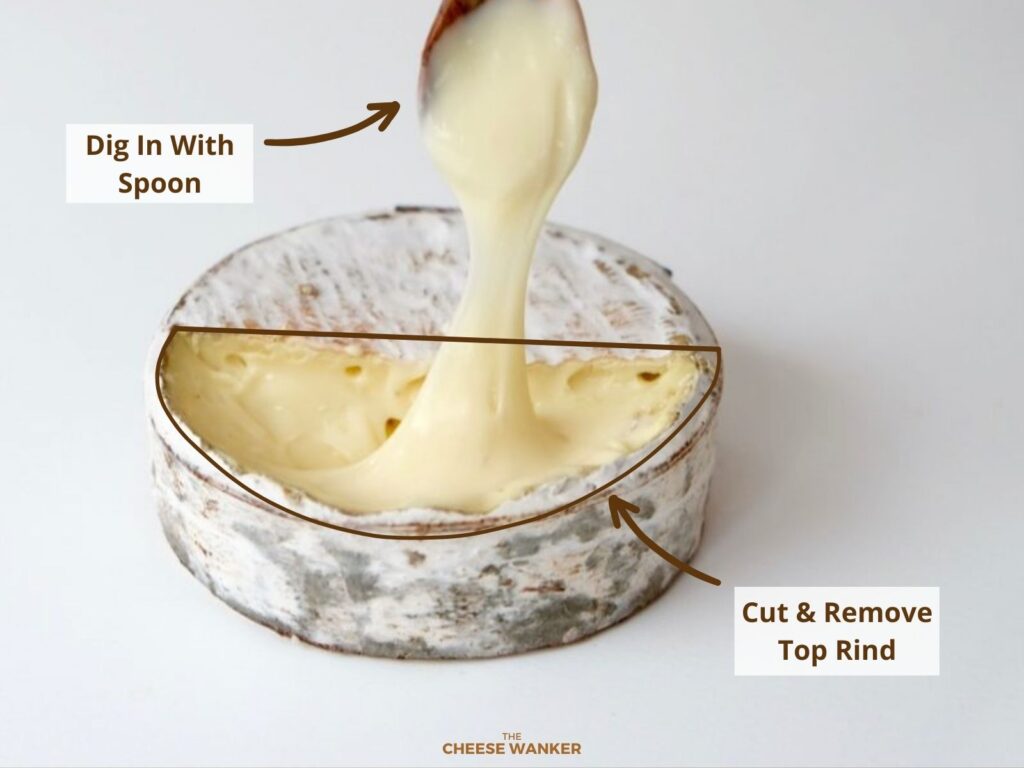
Serving bark-wrapped cheeses is an art that requires a thoughtful approach to bring out their unique flavours and textures. Whether you’re serving the cheese on a cheese plate or baking it, the key to presentation is to leave the bark around the cheese.
Of course, you should not eat the bark, but you can almost always eat the rind that’s visible on the top and bottom surfaces of these cheeses. Having said that, the best way to present a cheese like Mont d’Or on a board is by following these steps:
- Serve a ripe cheese: Always wait until your cheese is close to or even past its “Best Before Date” before serving. This will ensure optimal texture and a complex flavour.
- Allow your cheese to get to room temperature: This is essential before serving if you want to experience the full palette of aromas and flavours. We recommend a minimum of 30 minutes out of the fridge. You can read more about why you should never serve cold cheese in our dedicated post here.
- Cut out the top rind: Using a sharp knife, cut through the top rind tracing along the edge where the bark lies. You can do this all around the cheese or only cut half. Afterwards, use the knife to lift off the part of the rind you’ve cut.
- Dig in with a spoon: Without a doubt, a small wooden spoon is the weapon of choice for serving and eating bark-wrapped cheeses.
Pairing bark-wrapped cheeses
To highlight the nuanced flavours of bark-wrapped cheeses, choose accompaniments that complement and enhance their taste. Consider options like crusty artisan bread, crackers with seeds or nuts, and honey with floral notes that play off the cheese’s earthy character.
Furthermore, bark-wrapped cheeses harmonise beautifully with a range of wines. Indeed, you can opt for reds like Pinot Noir or Merlot with earthy undertones that mirror the cheese’s flavours. Alternatively, white wines with a hint of acidity, like Chardonnay or Sauvignon Blanc, can provide a refreshing contrast.
Examples of spruce bark wrapped cheeses
France – Vacherin des Bauges
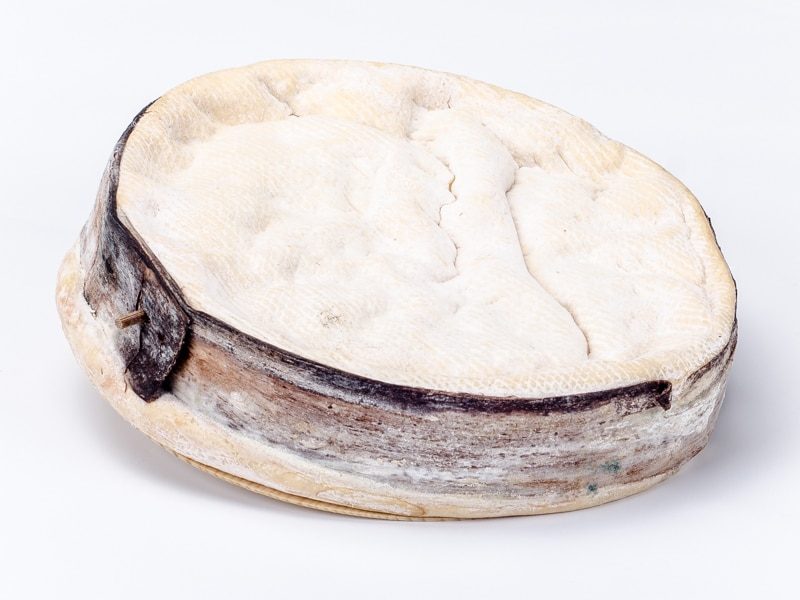
Another great French cheese that is wrapped in spruce is Vacherin des Bauges, which is also known as Vacherin de Savoie. Unfortunately, this remarkable artisanal cheese is only made by three fromageries and is very hard to find outside the region.
Australia – Driftwood
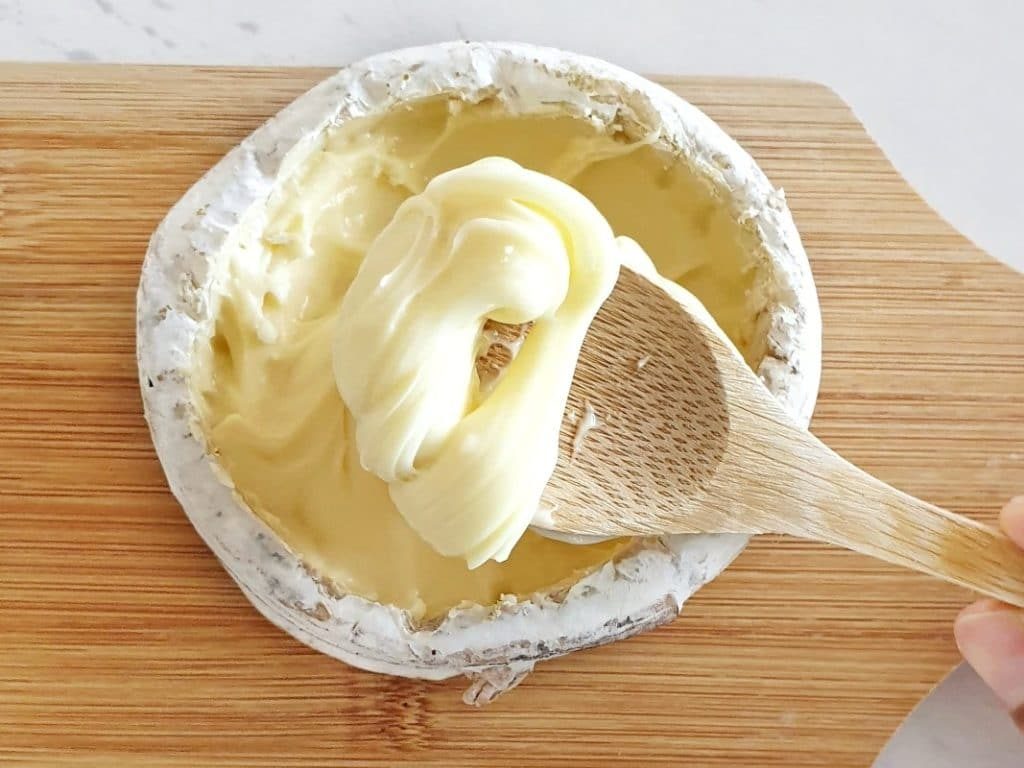
In Australia, Driftwood is a gloriously woody cheese made in Castlemaine, Victoria. It is actually the first cheese made in Australia that is wrapped in bark.
United States of America – Rush Creek Reserve & Harbison
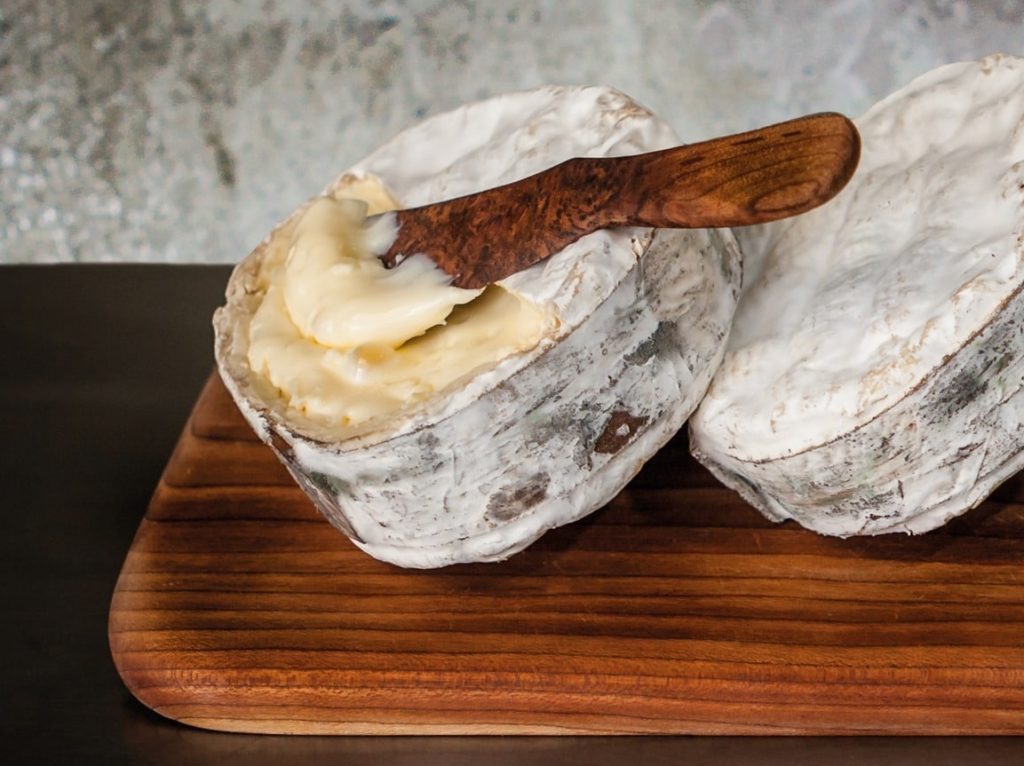
In the USA, Rush Creek Reserve and Harbison are two exceptional examples. The former is made with raw milk in Wisconsin while the latter is made with pasteurised milk in Vermont.
United Kingdom – Rollright
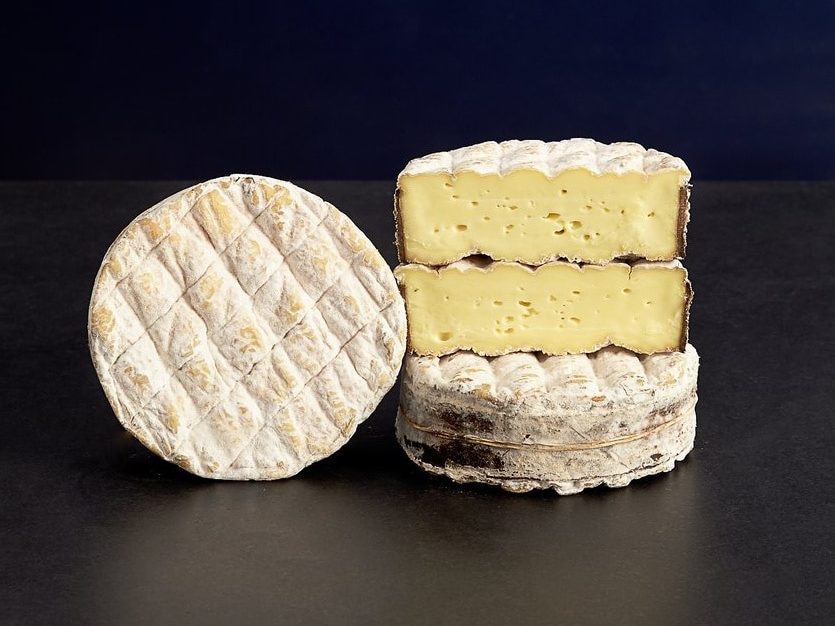
Finally, Rollright is the UK’s take on a soft cheese wrapped in bark. Out of all the examples we’ve mentioned, it might just be the one with the funkiest aroma and flavour!
Conclusion: bark-wrapped cheeses celebrate tradition and craft
Bark-wrapped cheese is a testament to the ingenuity of past generations, the scientific principles of ageing, and the interplay of flavours between nature and culinary craft.
Its story is one of preservation, culture, and innovation—a story that continues to captivate our senses and remind us of the intricate relationship between food and heritage. So, the next time you savour a piece of bark-wrapped cheese, remember that you’re tasting history and tradition, all wrapped in the embrace of nature’s own packaging.
Now, tell me. What’s your favourite spruce-wrapped cheese?
